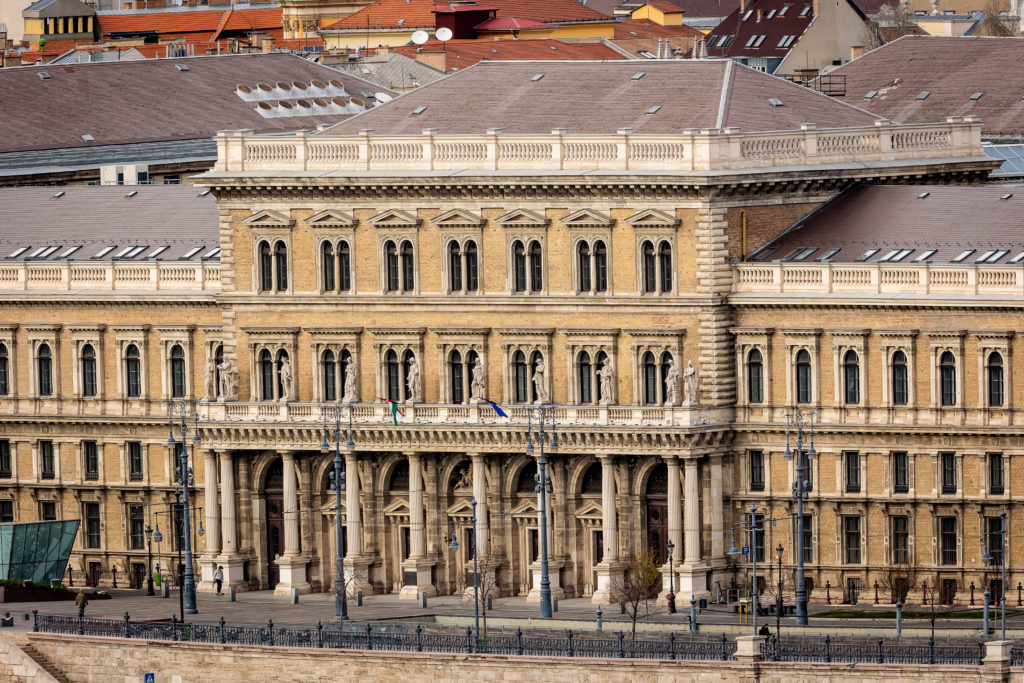Unconventional tourist mobility – Publication by Gábor Michalkó and Anna Irimiás

Prior to the COVID-19 pandemic, tourism had permeated all spaces of experience, reaching nearly every country, region, community, and corner of the globe. In recent decades, the meanings, implications, and roles of tourism have also expanded significantly. This article focuses on unconventional tourism mobilities, including same-day visits, which are an important but often neglected part of the tourism system, constantly challenging both scholars and tourism industry stakeholders. Unconventional tourism is an umbrella term that covers most kinds of unregistered or unaccounted tourist mobilities, some of which might not appear to be ‘tourism’ but should be in certain localities and under certain conditions. Given the growth of unregistered tourist flows and unaccounted leisure (or utilitarian) mobilities, there is a need in tourism studies to apply innovative research methods and to reconceptualize the meanings of tourism in different geographical and social contexts. It is expected that people’s desire to travel in the post-pandemic era will reduce new spatial and temporal travel experiences and behaviours in which unconventional tourisms will play an important role. To better understand this phenomenon and to evaluate the development of new approaches to travel and behavioural spatialities, new ways of thinking, new theoretical constructs, and new methodologies are needed. This article seeks to explore certain hidden or invisible tourism mobilities, focusing on the geographical patterns, processes, and hidden aspects of unconventional tourism.
Dr. Michalkó Gábor
Egyetemi Tanár / Professor
Rektori Szervezet / Fenntartható Fejlődés Intézet / Turizmus Tanszék
Dr. Irimiás Anna Rita
Habilitált egyetemi docens / Habilitated Associate Professor
Rektori Szervezet / Fenntartható Fejlődés Intézet / Turizmus Tanszék